Muscle Building for Dogs: It’s Not Just About "Muscle Definition"
Muscle Building Supplements For Dogs isn’t merely about pursuing "muscle definition"—its core goal is to increase muscle mass to enhance physical support, improve mobility, or address health issues. The following types of dogs require targeted muscle management in particular:
1. Dogs with High-Intensity Activity Needs: Muscles as the "Foundation for Work & Movement"
Due to their inherent roles or living environments, these dogs need sufficient muscle mass to support high-intensity activity and prevent sporting injuries:
-
Working/Functional Breeds:
- Sled dogs (Alaskan Malamutes, Huskies) rely on muscles to power pulling.
- Guard dogs (Rottweilers, Cane Corsos) use muscles for explosive strength and deterrence.
- Herding dogs (Border Collies, German Shepherds) depend on leg muscles for quick running and turning.
- Explosive-detection/search-and-rescue dogs need core muscles to maintain endurance during long outdoor missions. Insufficient muscle can lead to easy fatigue during work and increased joint stress (e.g., limping caused by weak hind legs).
-
Sporting/Competitive Dogs:Dogs in agility competitions, frisbee contests, or obedience trials require precise muscle control (e.g., hind leg power for jumping, core stability for turning). Low muscle mass not only impairs competition performance but also raises the risk of sprains and strains.
2. Dogs with Insufficient Muscle Mass: Building Muscle to Restore Health & Improve Quality of Life
These dogs experience muscle loss or weakness due to age, illness, or poor nutrition, and need scientific muscle building to enhance physical function:
-
Senior Dogs:As dogs age (typically at 8 years of age or older), they may develop age-related sarcopenia (age-induced muscle loss), which presents as weak hind legs, difficulty standing up, and a shuffling gait during walks. Muscle loss further increases joint burden—since muscles act as the "natural support for joints"—creating a vicious cycle: less muscle → more joint stress → reluctance to move → even less muscle. Building muscle strengthens joint support and slows the decline in mobility.
-
Dogs in Post-Surgery/Post-Illness Recovery:Dogs that have undergone orthopedic surgery (e.g., hip replacement, ligament repair) or recovered from chronic illnesses (e.g., parvovirus, kidney disease) often develop disuse muscle atrophy due to prolonged bed rest or reduced activity. Dog Muscle Gain Supplement during this period must be done under veterinary guidance: low-intensity strength training (e.g., short slow walks, balance exercises) combined with muscle supplements for dogs helps rebuild muscle and prevents compromised recovery (e.g., uneven pressure on realigned joints caused by weak muscles).
-
Malnourished/Weak Dogs:Rescued stray dogs or puppies fed improperly (e.g., long-term low-protein diets) may appear "skin and bones" with loose muscles—you can clearly feel their protruding bones when touching them, with no plump muscle coverage. For these dogs, "muscle building" first requires addressing nutrition (supplementing with high-quality protein), followed by gradual light activity to avoid injury from sudden high-intensity training.
3. Dogs with Breed/Shape-Specific Needs: Muscles as the "Shield for Bones & Joints"
Some dogs are prone to uneven muscle development due to their body shape or breed, requiring muscle building to reduce health risks:
-
Puppies of Large/Giant Breeds:Puppies of breeds like Golden Retrievers, Alaskan Malamutes, and Tibetan Mastiffs (4 to 12 months old) have fast-growing bones. If muscle development lags behind, it can cause an imbalance between bone load-bearing capacity and muscular support, increasing the risk of hip dysplasia and elbow issues. Under veterinary guidance, moderate exercise (e.g., short walks, controlled hill climbing) combined with a high-protein diet promotes synchronized bone and muscle growth, preventing "growing bones without sufficient muscle."
-
Breeds Prone to Muscle Weakness & Related Illnesses:
- Brachycephalic (short-nosed) breeds like French Bulldogs and English Bulldogs have unique chest structures—weak core muscles (chest and back muscles) may affect respiratory stability.
- Short-legged breeds like Corgis and Dachshunds: insufficient hind leg muscle can increase lumbar pressure (muscles cushion the body’s impact on the lower back). Moderate muscle building reduces these disease risks.
-
Show Dogs:Breeds bred for conformation shows (e.g., Pit Bulls, American Bullies) require strict professional guidance (from veterinarians or canine behaviorists) for muscle building. While ensuring health, their muscle definition is shaped through balanced diets (controlled calorie and protein ratios) and targeted training (e.g., weighted walks, obedience-based strength exercises). Over-muscling must be avoided, as it can cause joint damage or heart strain.
Important Notes: Dog Muscle Building ≠ "Blindly Feeding Meat + High-Intensity Training"
- Always start with a veterinary evaluation: Before building muscle, rule out underlying conditions (e.g., heart disease, joint inflammation) to avoid worsening illness with training. Veterinarians will create a plan based on the dog’s age, weight, and health status.
- Focus on "nutrition + exercise + rest": Diet should include high-quality animal protein (e.g., chicken breast, fish, low-fat beef)—not overfeeding. Exercise should be "low-intensity, frequent" (e.g., swimming, slow walks with gentle hill work) to avoid muscle strains from sudden high-intensity activity.
- Reject "extreme muscle building": Healthy pet dogs do not need "maximum muscle mass." Over-muscling can cause excessive joint stress and hormonal imbalances—muscle building should always prioritize "supporting the dog’s health and quality of life."

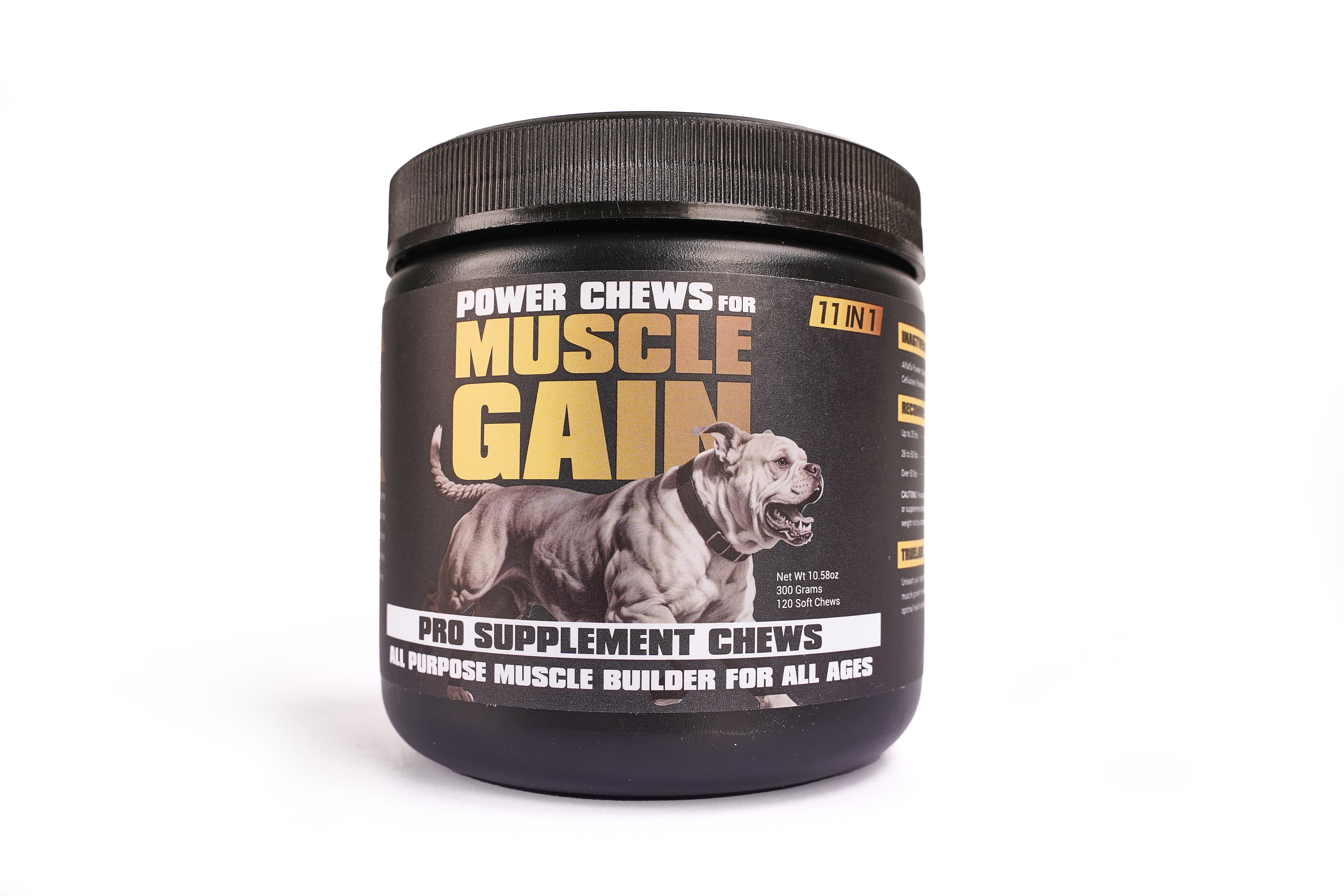
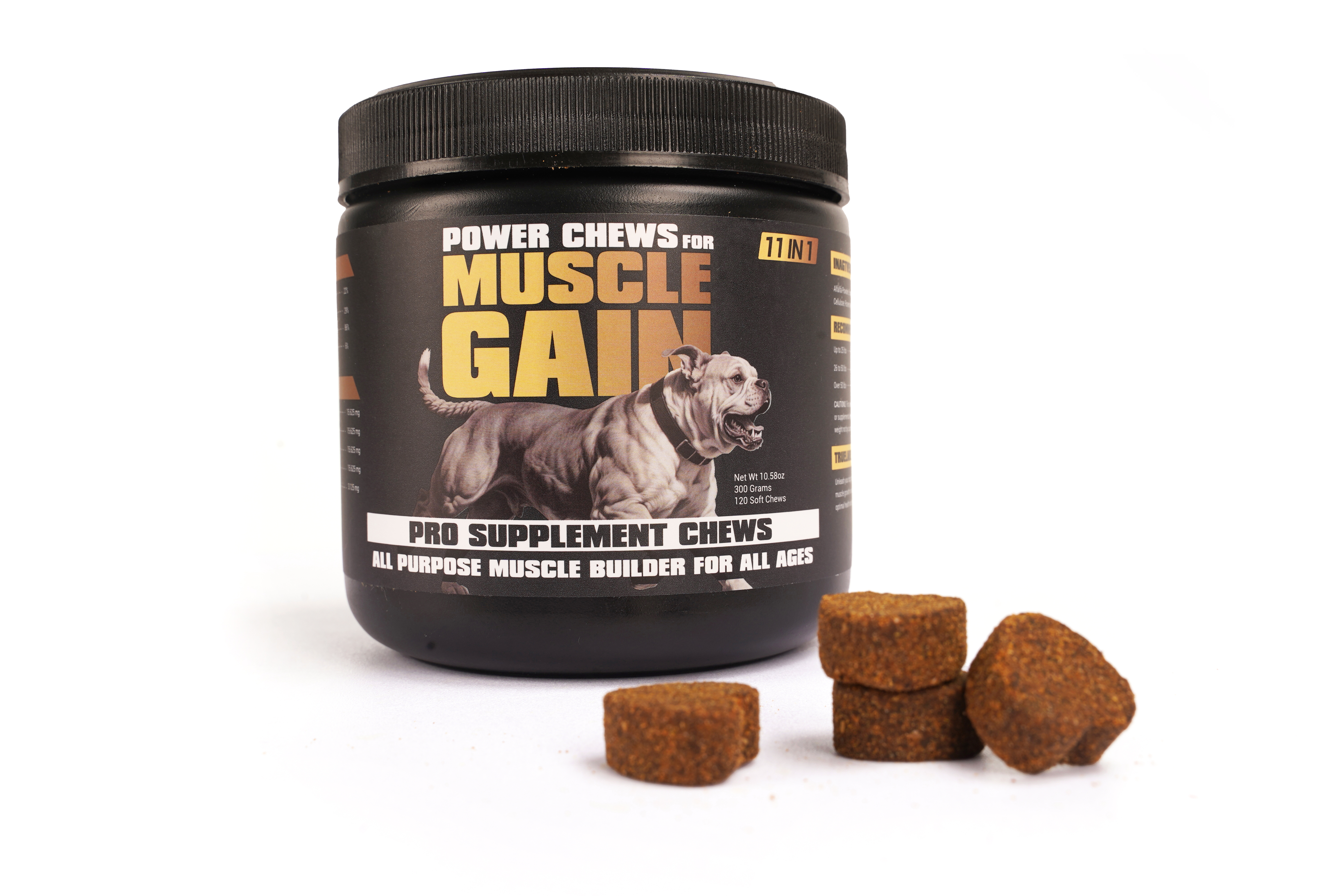
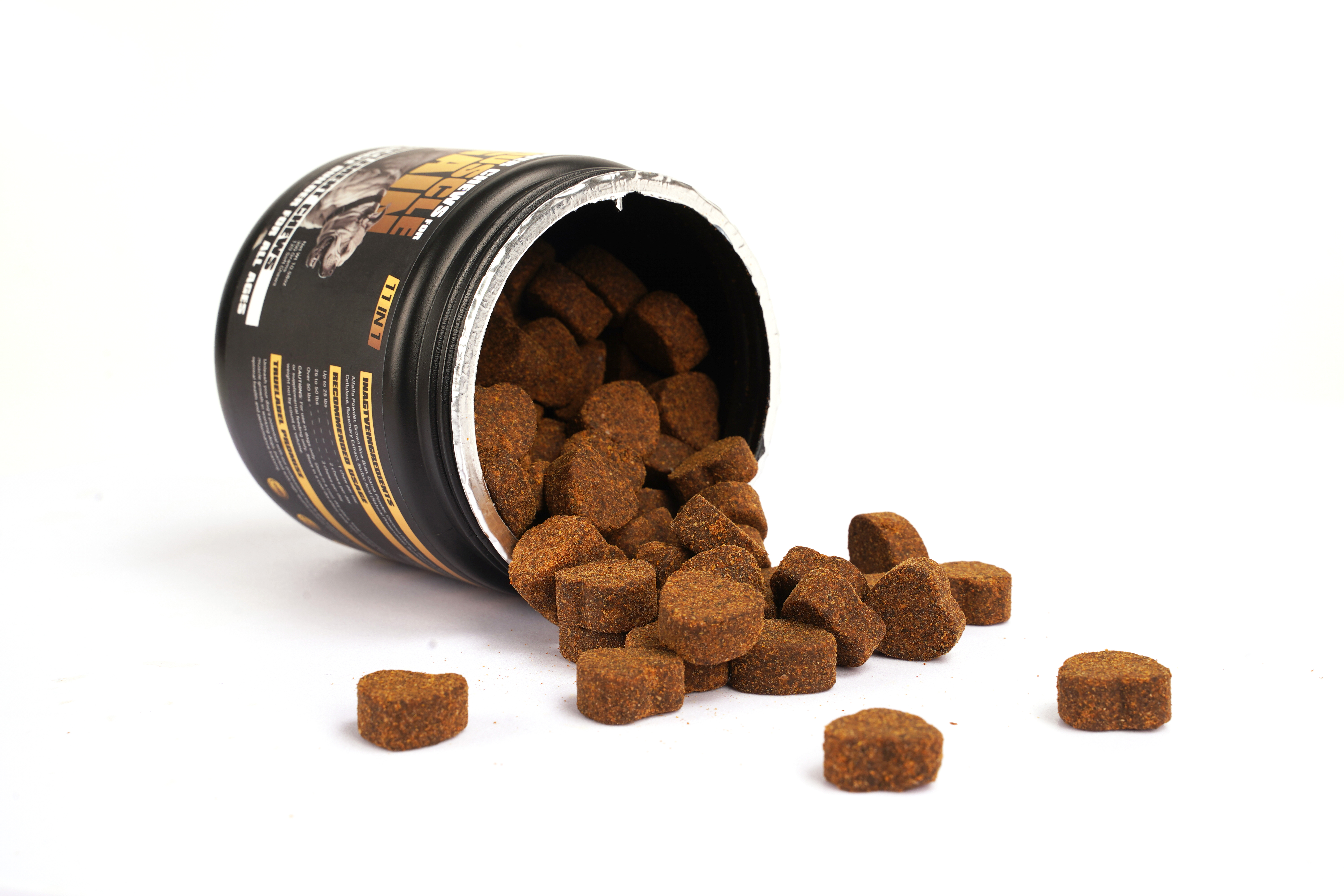
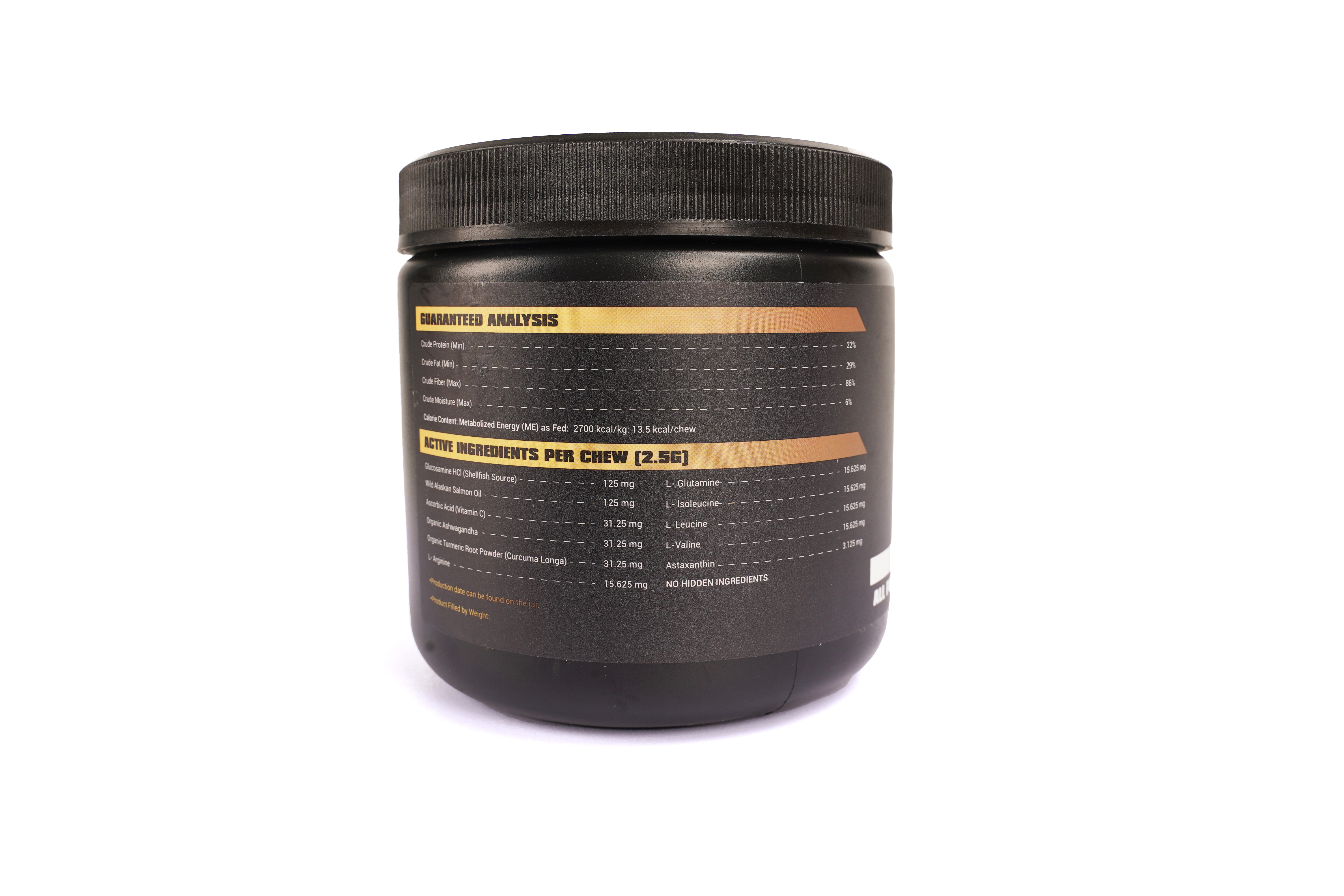
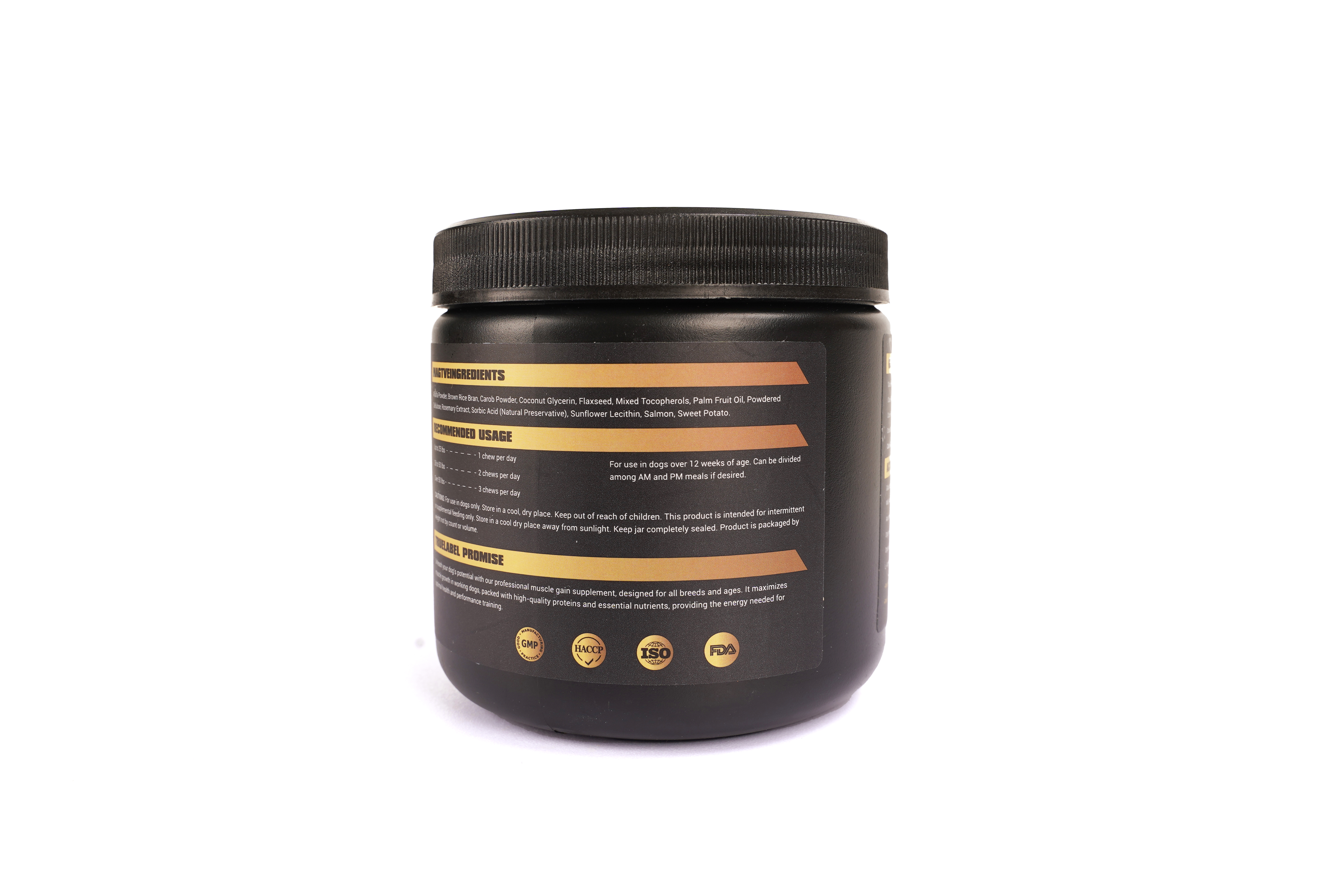
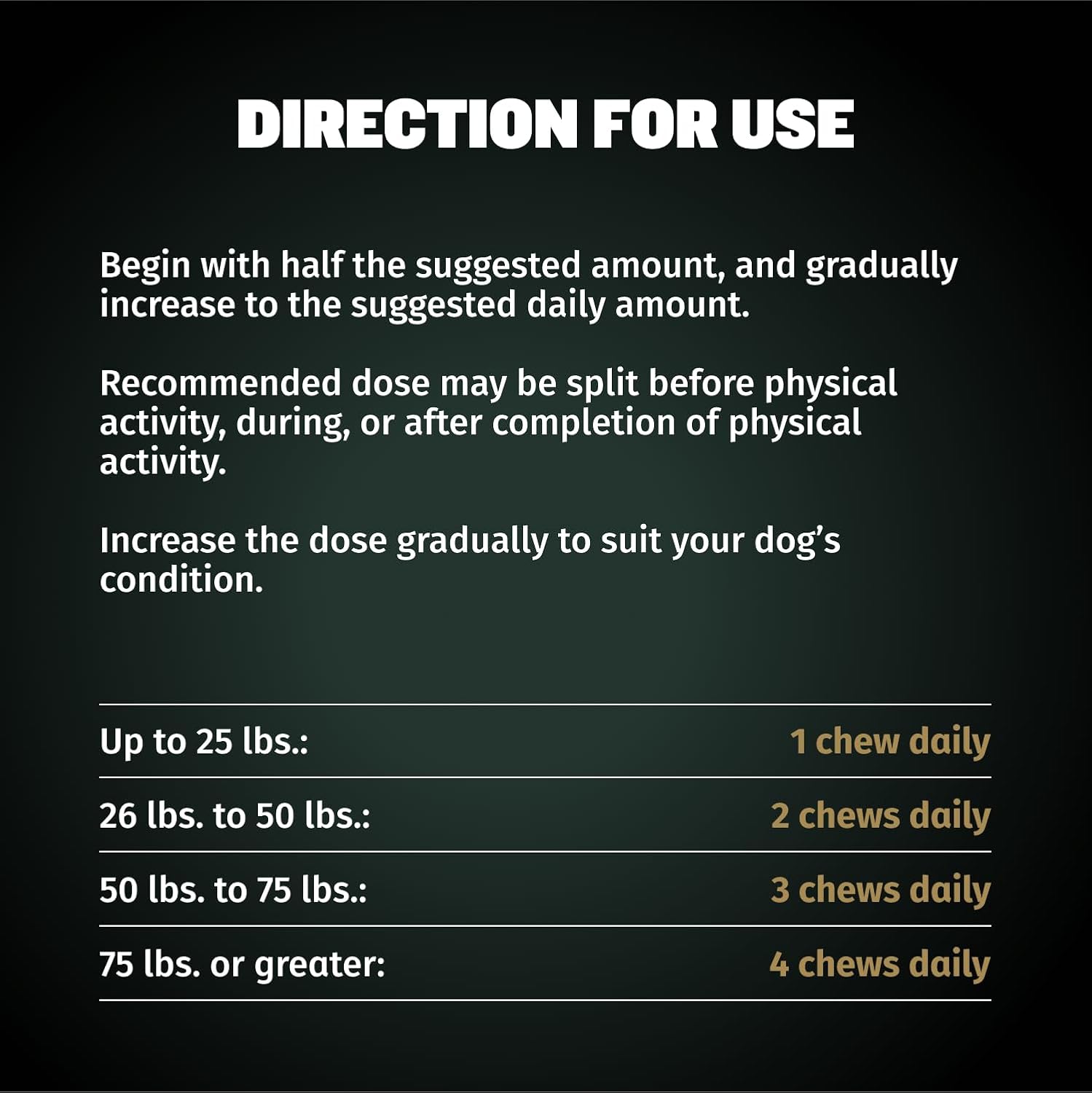
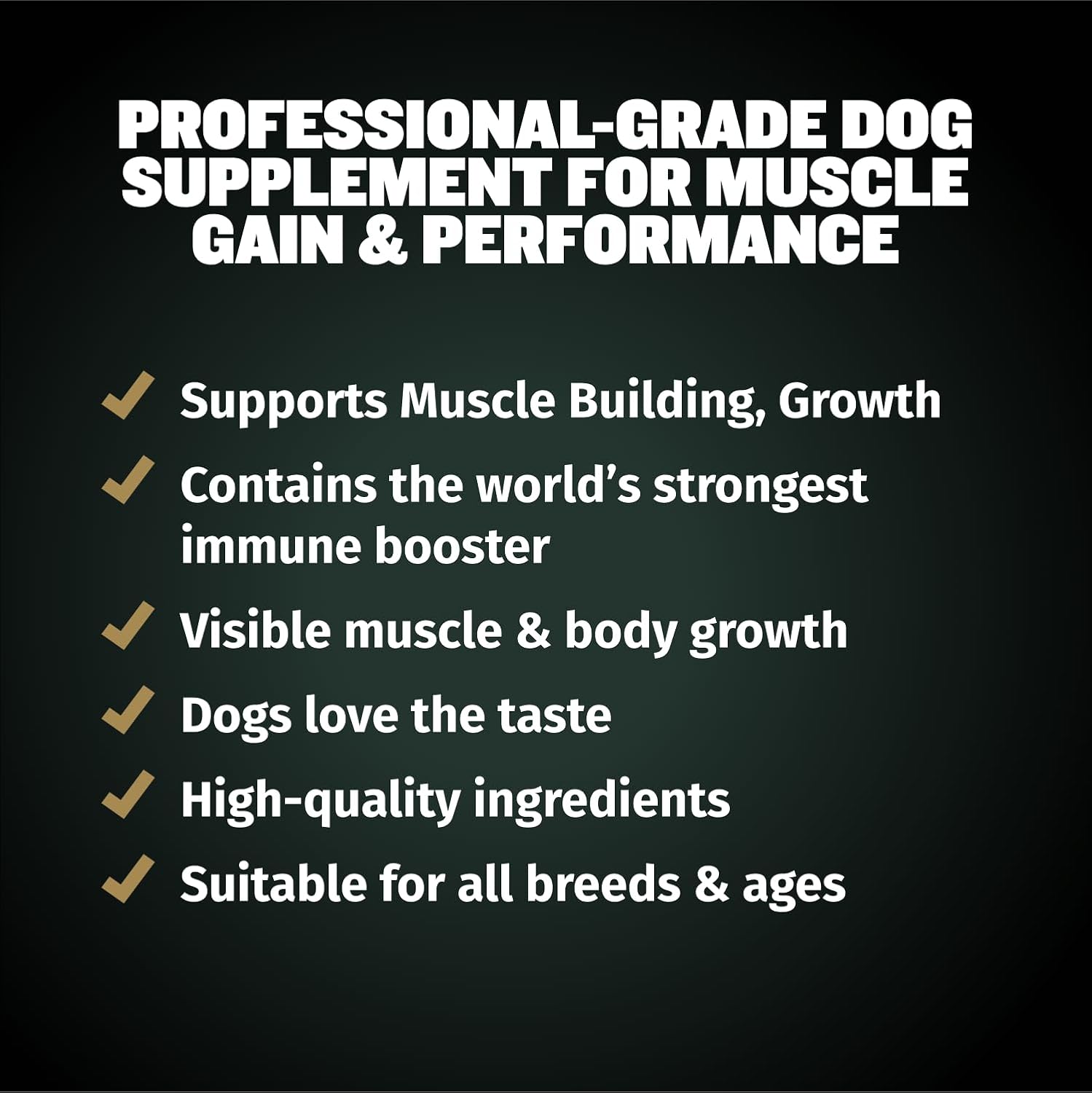
 Code:
Code:











